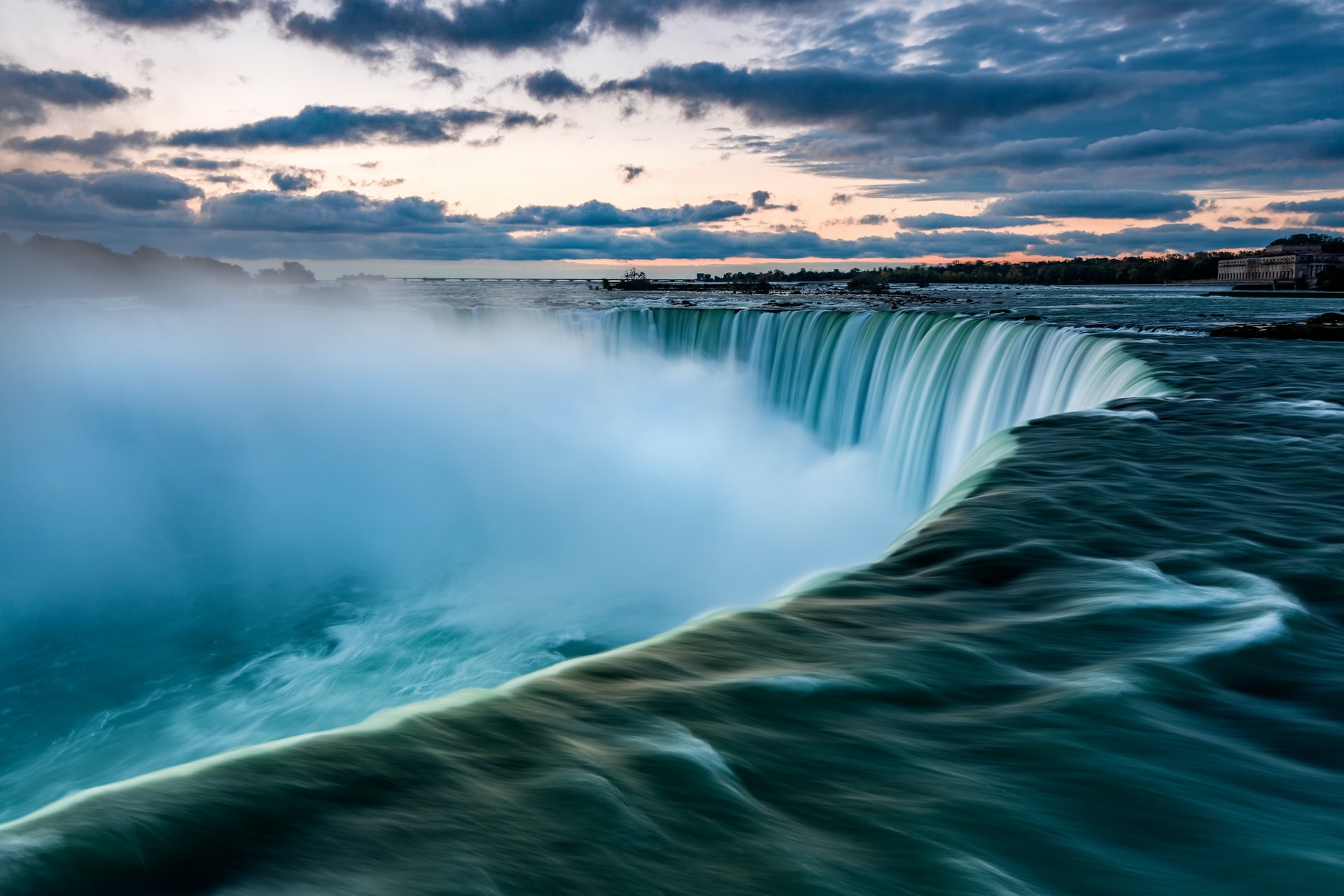Seas have always been essential for human development and trade, as at Singapore with its harbour (the world’s busiest transshipment port) and the important shipping lanes through the Singapore Strait and the Strait of Malacca.
The sea, the world ocean, or simply the ocean is the connected body of salty water that covers over 70% of Earth’s surface (361,132,000 square kilometres (139,434,000 sq mi), with a total volume of roughly 1,332,000,000 cubic kilometres (320,000,000 cu mi)).[1] It moderates Earth’s climate and has important roles in the water cycle, carbon cycle, and nitrogen cycle. It has been travelled and explored since ancient times, while the scientific study of the sea—oceanography—dates broadly from the voyages of Captain James Cook to explore the Pacific Ocean between 1768 and 1779. The word sea is also used to denote smaller, partly landlocked sections of the ocean and certain large, entirely landlocked, saltwater lakes, such as the Caspian Sea and the Dead Sea.
The most abundant solid dissolved in seawater is sodium chloride. The water also contains salts of magnesium, calcium, and potassium, amongst many other elements, some in minute concentrations. Salinity varies widely, being lower near the surface and the mouths of large rivers and higher in the depths of the ocean; however, the relative proportions of dissolved salts varies little across the oceans. Winds blowing over the surface of the sea produce waves, which break when they enter shallow water. Winds also create surface currents through friction, setting up slow but stable circulations of water throughout the oceans. The directions of the circulation are governed by factors including the shapes of the continents and Earth’s rotation (the Coriolis effect). Deep-sea currents, known as the global conveyor belt, carry cold water from near the poles to every ocean. Tides, the generally twice-daily rise and fall of sea levels, are caused by Earth’s rotation and the gravitational effects of the orbiting Moon and, to a lesser extent, of the Sun. Tides may have a very high range in bays or estuaries. Submarine earthquakes arising from tectonic plate movements under the oceans can lead to destructive tsunamis, as can volcanoes, huge landslides or the impact of large meteorites.


